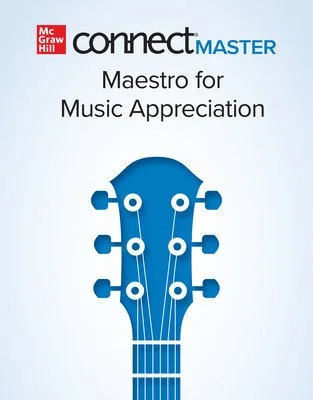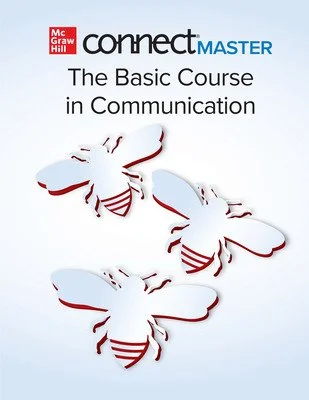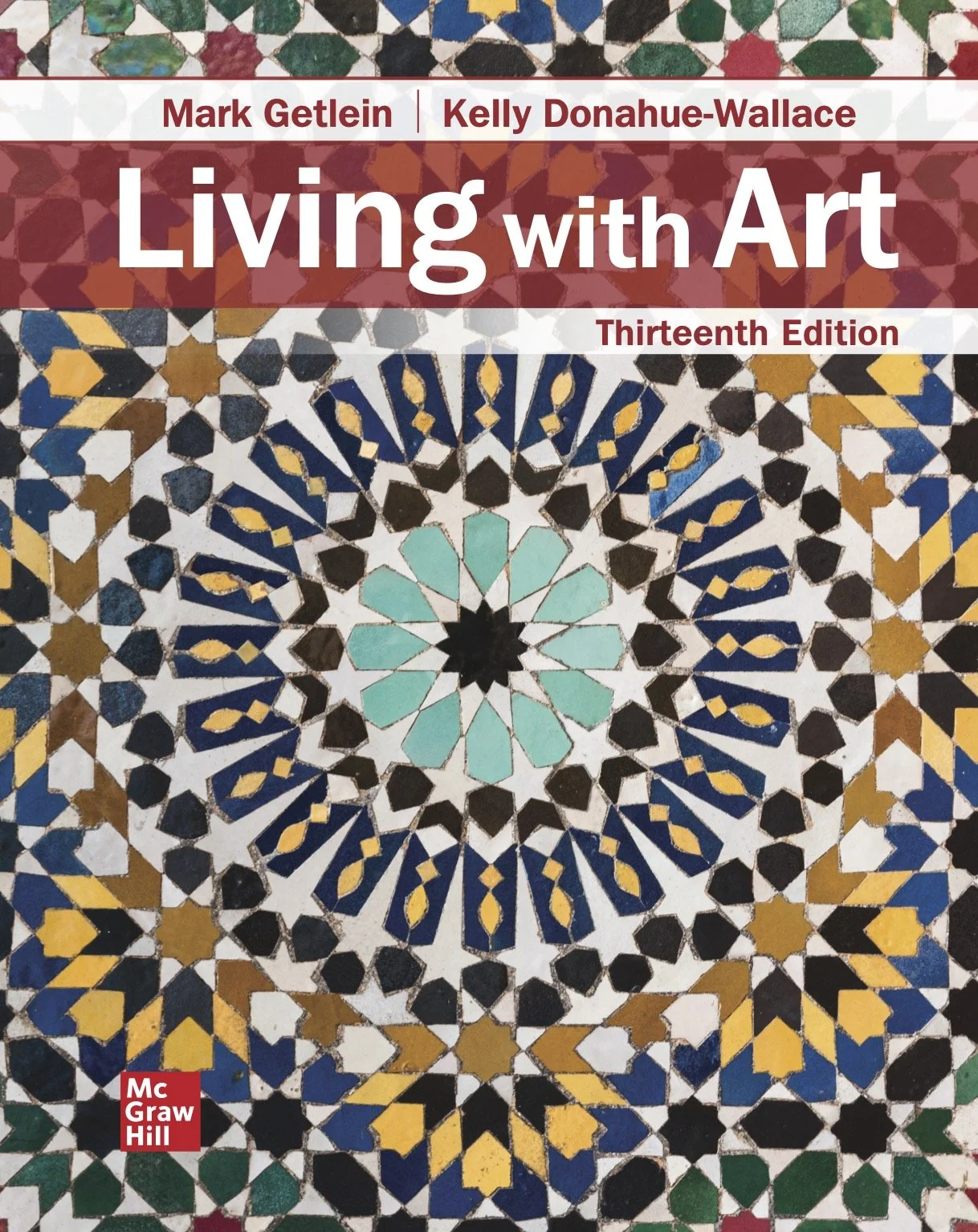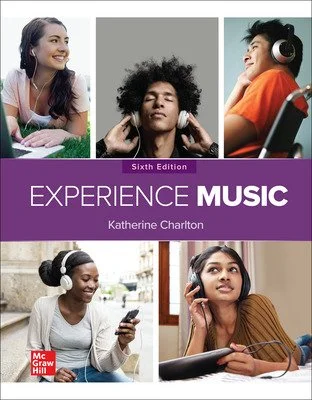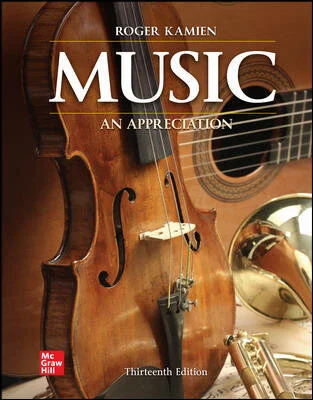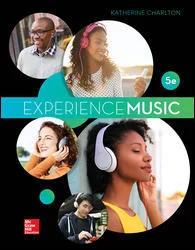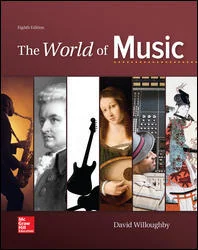Content and Product Development
For an educational product to be an engaging and effective learning experience, it is essential to have quality content that is current, relevant, and accurate. The general workflow (and my primary responsibilities) for content and product development include the following:
▷ Research
▷ Launch and Design
▷ Create, Edit, and Manage
▷ Present and Reflect
▷ Support and Maintain
Research
To get to know my users (instructors and students) and course better, I would:
Set up review panels, draft questionnaires, and analyze feedback to inform product and content development.
Visit instructors and students to learn more about course challenges, assessments, and classroom workflow.
Use data to guide revisions.
Conduct interviews, surveys, and testing of tools and assets.
Lead instructor workshops and focus groups.
Work with UX team to revamp existing content to align assets with product message and customer needs.
Secure specialty reviews for accuracy and scholarship.
Validate revision plans, new product developments, and tool requirements.
The following are some examples:
Music Listening Guides. In a product development workshop, I discussed the research and process that went into redesigning the listening guides for our Music Appreciation titles. To learn more, view the presentation slides.
In another iteration of these listening guides, I created a research plan and conducted 1-on-1 interviews and customer surveys to vet existing requirements and observe how users interact and engage with our proof of concept. View the interview moderator guide.
Questionnaires for Planning and Testing. In developing Introductory Humanities resources and assessments for McGraw Hill’s Connect platform, the team and I conducted numerous rounds of reviews and testing. View the questionnaires for the planning phase and for a chapter preview.
Instructor Workshop on Empathy Mapping and Personas. At symposia, I led a workshop session with instructors across various disciplines to better understand students with empathy maps and persona creation. View the presentation deck.
Focus Group on Course Configurations. At a conference, I led focus groups with instructors to discuss current course configurations, teaching resources, and learning materials they need to build and manage a course.
Launch and Design
I analyze and use the information gathered from market feedback, course outcomes, and other data to:
Brainstorm content and assets such as learning resources and assessments.
Partner with authors, product team members, and contributors to generate revision plans and new products, tools, and content.
Draft design memos and contribute to user stories and requirements.
The following are a few examples:
Authoring Templates for a Humanities Project. Building on research and usage of activities already available in another Introductory Humanities title, I came up with a set of activities and questions that outlined purposes, descriptions and instructions, and provided templates and examples for team approval and for subject matter experts to use. View the authoring templates.
Health and Human Performance Scenario. For a possible activity to include in a Fitness and Wellness program, the authors came up with an initial draft that I edited and redesigned to create a better workflow, meet scenario objectives, and address reviewer feedback. View my edited version.
Create, Edit, and Manage
As part of the day-to-day responsibilities of developing a product, I need to:
Outline schedule of deliverables.
Guide authors, contributors, and freelancers from manuscript and content development to production stages.
Propose new product and revision goals and requirements.
Hire, train, and manage authors, freelancers, subject matter experts, contributors, and vendors/suppliers to write and revise text and to create learning materials and assessments within proprietary authoring systems.
Create templates and documentation (e.g., manuscript preparation guidelines; assessment authoring; asset maintenance; content review; style guides) for subject matter experts, freelancers, contributors, and vendors/suppliers.
Conduct media (photo, audio, and video) research for use in print and digital products.
Map assets and media for question banks, media banks, and eBooks.
Follow accessibility standards and WCAG compliance such as including transcripts, captions and alt text or descriptions.
Participate in acceptance testing of digital products and tools.
Collaborate with customers, portfolio and marketing team members, and contributors on updating and expanding content, based on market needs, currency and relevancy, in annual releases of specific titles.
The following are examples of what occurs during product development and outcomes of the process:
Project Plans. For titles with interdependent components and numerous contributors and subject matter experts, I create project plans, living spreadsheets or documents, to help set up milestones and tasks, track budget and responsibilities, keep team members informed of progress, and make sure everyone is on the same page about messaging and expectations.
Development Plan and Execution. For a new U.S. History product we were exploring, I’ve created a course design and development plan (a documentation capturing all aspects of the project), authoring guidelines and templates, demo courses, content review process, media logs, and other materials, as needed, throughout development. As with many other projects, this one required collaboration with production, design, marketing, and instructional design. I also had to recruit subject matter experts to contribute and review.
Digital Assets for Art Appreciation. For an Art Appreciation title, I worked with a contributor and vendor to rebuild our animations and activities for the visual elements and design principles. We also came up with art process videos to cover painting, sculpture, and print techniques.
Digital Assets for Music Appreciation. In creating content and assessments for a Music Appreciation title to address the main course goals of building musical vocabulary, contextualizing aural observations, and articulating personal aesthetic judgments, I worked with the team and contributors to generate various listening activities and resources that would help learners meet these outcomes. View examples of these assets.
Digital Assets for Communication. Based on market feedback, course needs, and instructional design, I worked with the team, writers, and video producers on developing speech videos, animation videos, application activities, and other assessments to support Public Speaking, Introduction to Communication, and Interpersonal Communication topics such as audience analysis, empathic listening, and evaluating sources. View examples of these assets.
Present and Reflect
Beyond creating, editing, and managing content, as part of product development, I also:
Present goals and development process to other development editors/product developers.
Create marketing materials, as needed.
Lead faculty workshops to showcase digital platform and tools that will benefit teaching and learning.
Write postmortem reports, and document ideas, requests, and enhancements for future editions and iterations.
Examples include the following:
Art Appreciation Revisions. Throughout the development of multiple editions of an Art Appreciation title, I, along with team members, worked on improving and expanding content and assessments surrounding the core message or story. The development goals and process, as presented to other product developers, can be found in the 10th edition presentation and the 11th edition presentation.
First Edition Art Appreciation Title. For a customer presentation of a first edition Art Appreciation title, I focused on aspects of the text that differentiates it from other offerings. View the presentation.
Juvenile Delinquency Program. To promote a first edition title for a Criminal Justice course, I created marketing material outlining goals and approach of the program using Prezi to send to customers. View the marketing material.
Support and Maintain
After a product goes live or is published, I often:
Provide FAQ support materials for internal and external customers.
Help draft implementation and instructor guides for setting up courses and navigating our library of assets.
Suggest prebuilt courses to help instructors get started, while providing flexibility for customization.
Manage files and maintenance of content, such as providing up-to-date How-To documentation on content maintenance process to internal colleagues and subject matter experts and keeping track of customer service tickets.
Prebuilt Courses for the Basic Course in Communication. For McGraw Hill’s Connect Master for the Basic Course in Communication, I led workshops with instructors on how they’re building courses for Introduction to Communication and Public Speaking. From the data gathered, the team created options of prebuilt courses that we can copy to instructor accounts. Instructors have the flexibility to edit or customize these pre-built courses, and they can also build from scratch. View the workbook that was used in the workshops.
Instructor Support for New Music Appreciation Product. For Maestro, a new McGraw Hill title for Music Appreciation, the team and I wanted to provide resources that will help instructors easily implement this product for their courses. We put together an instructor’s manual, an instructor planning guide, an evolving content map, course outlines for various approaches (e.g., chronological, genre, thematic/topical), release notes, and prebuilt courses within McGraw Hill’s Connect platform.

